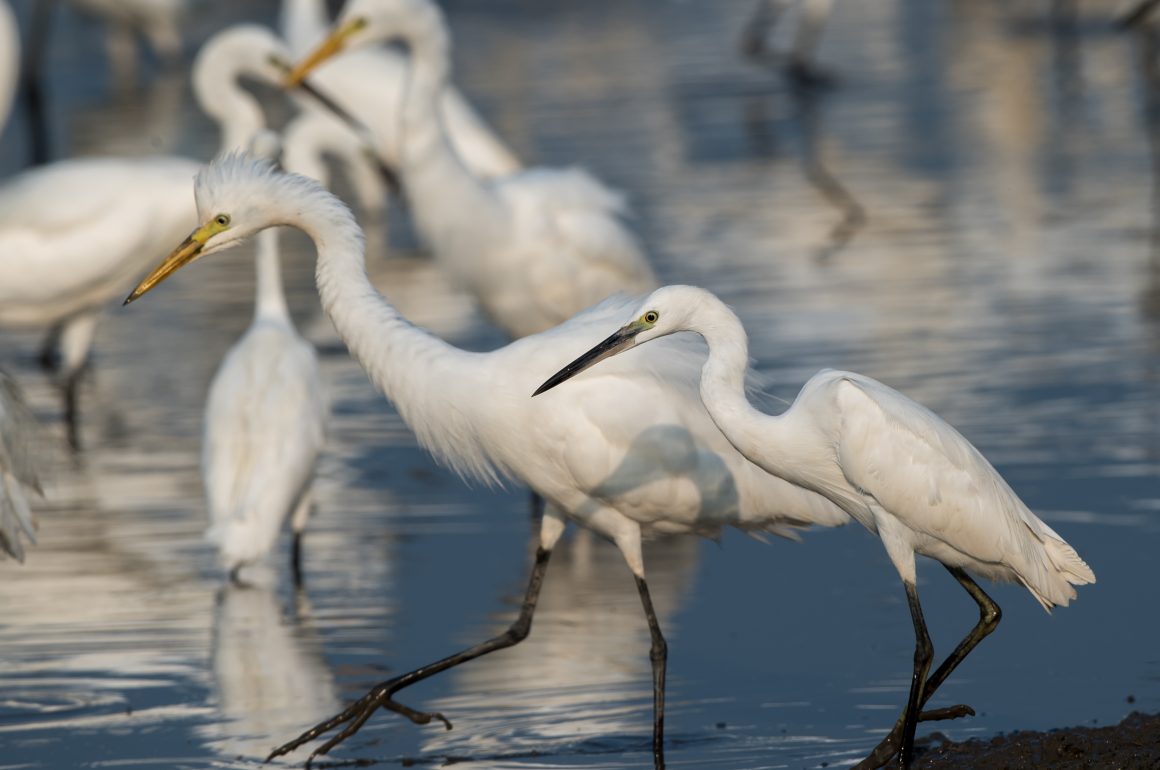
A few days ago, I saw a Yellow Bittern trapped in a fishing device. The bird got very nervous when I approached, trying to strike me with its beak through the net. Now, I am sure there is one Shanghai fisherman cursing the evil person who cut a hole in his net.
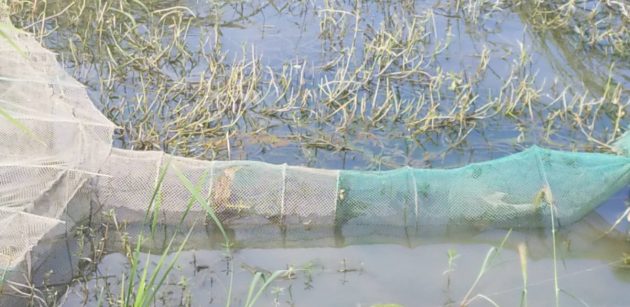
Herons and egrets are easily the most visible birds at Nanhui, particularly in summer. It is interesting to see the different evolutionary strategies of closely related bird species – the various snow-white egrets with their “I don`t give a damn who can see me” attitude contrasting with the ridiculously well-camouflaged yellow bitterns.
While most egrets are not a big draw for experienced birders, they are often the ones that non-birders find the most impressive. And indeed, if you only see a single Little Egret posing on a tree in the early morning, the bird can look quite majestic. If you see 50 cattle egrets following a plough on a rice paddy, less so.
So, here are some of the species living in Nanhui, Shanghai. And as I received one offline comment on my last post on kingfishers complaining about the lack of text, I have added some.
Little Egret: The most common among them. I still like taking photos of them.
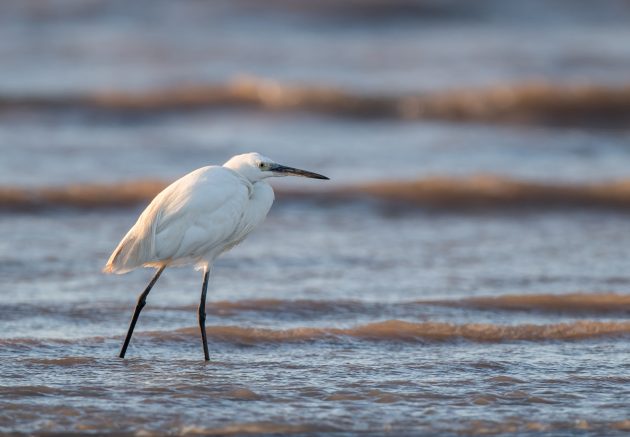
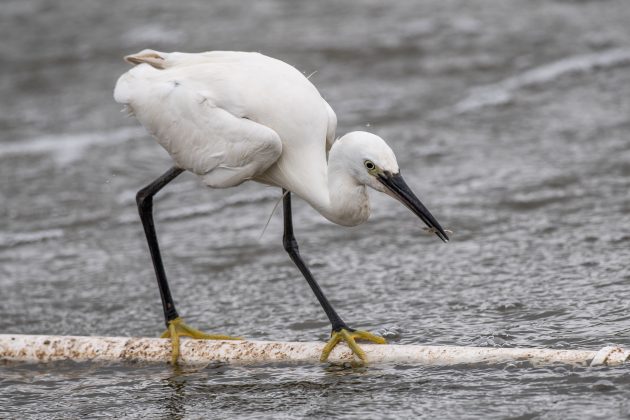
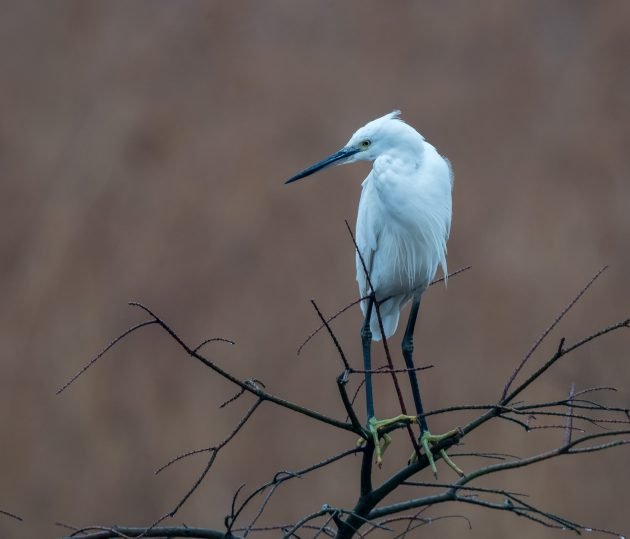
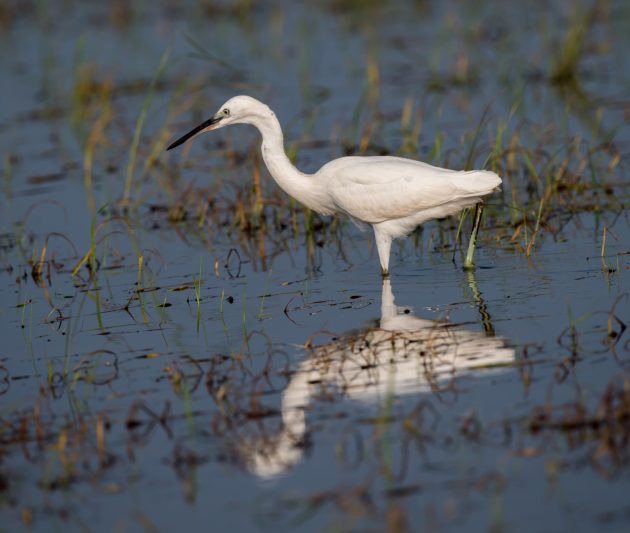
Intermediate Egret: The one with the most boring name.
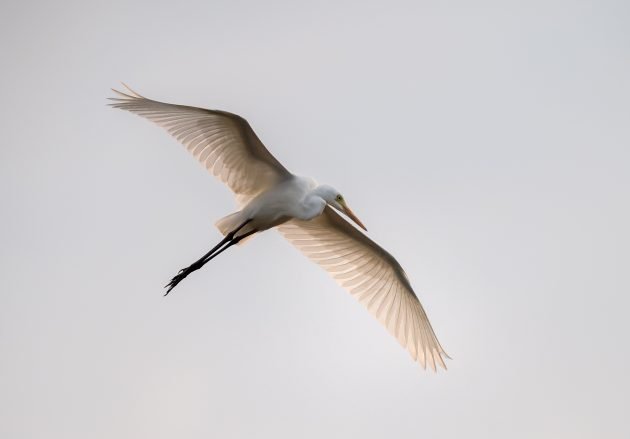
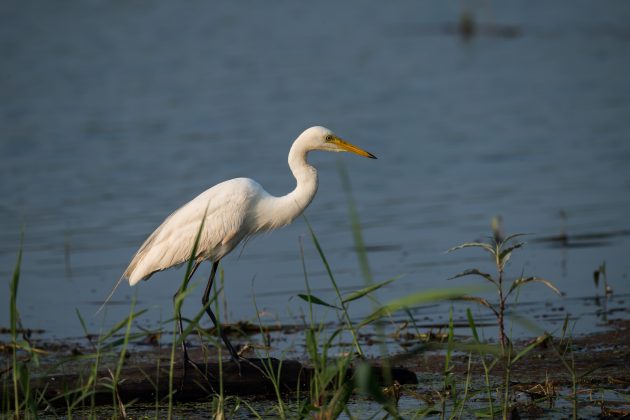
Great Egret: What is so great about being tall? In fact, on average, the Grey Heron is taller, and heavier.
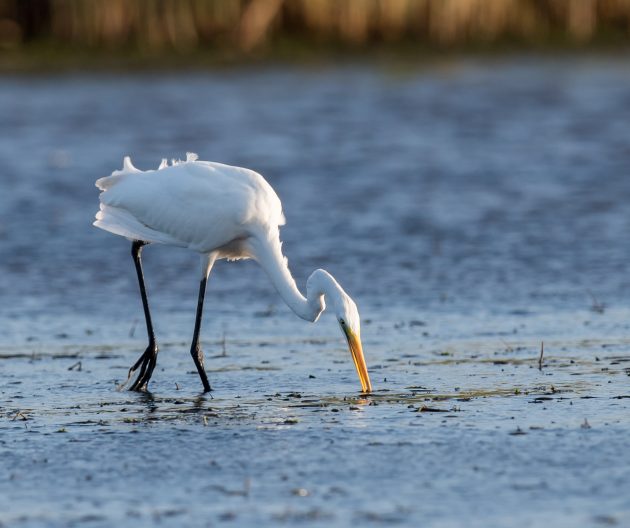
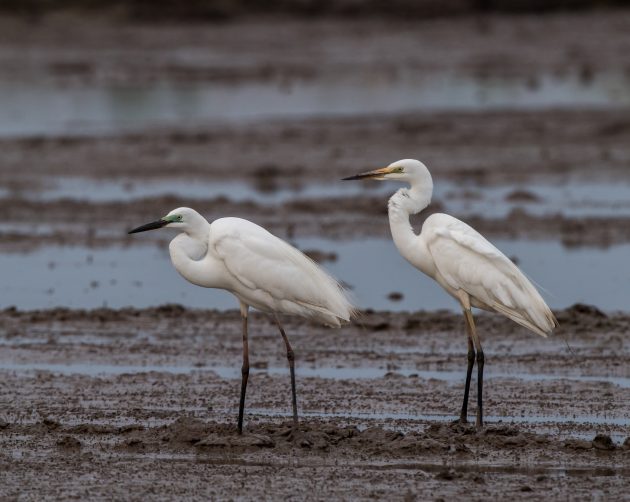
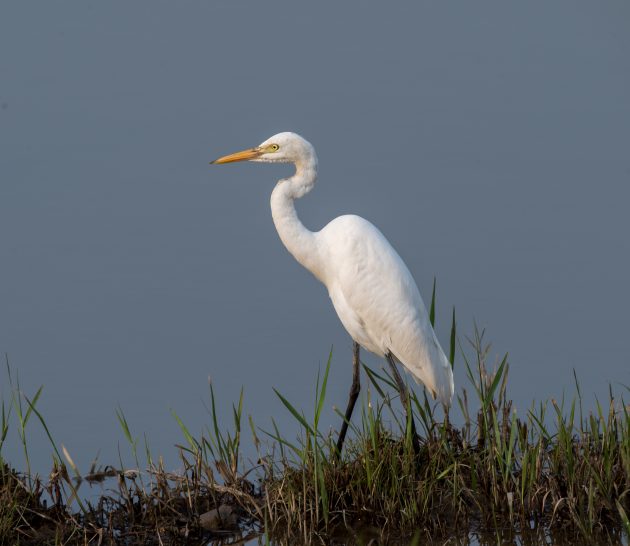
Chinese Egret: Vulnerable, and only in Nanhui on migration. Looks like it is practicing some ancient martial arts. The beak, I guess.
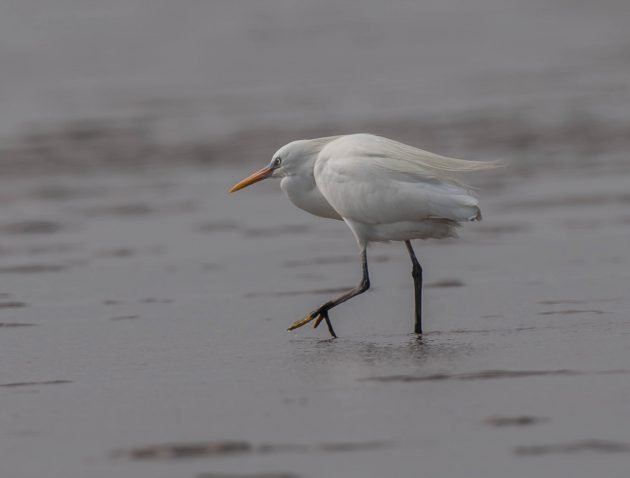
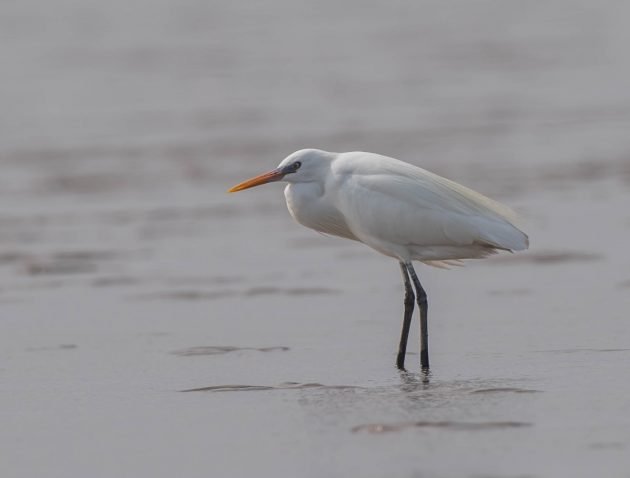
Grey Heron: The one that sometimes looks really artistic. Key characteristic: flies away in exactly the moment that you have focused your camera on it.
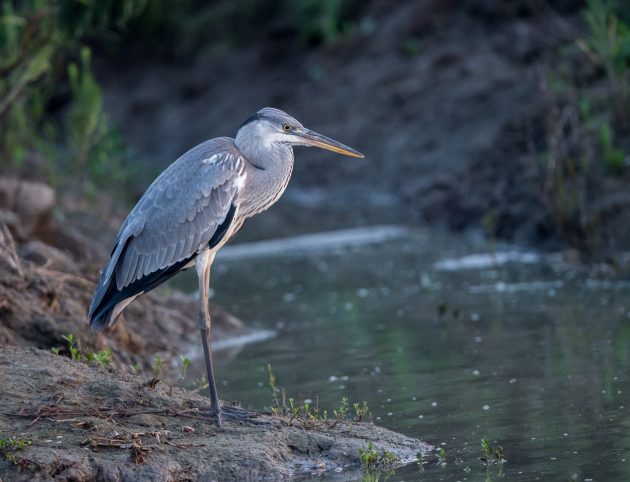
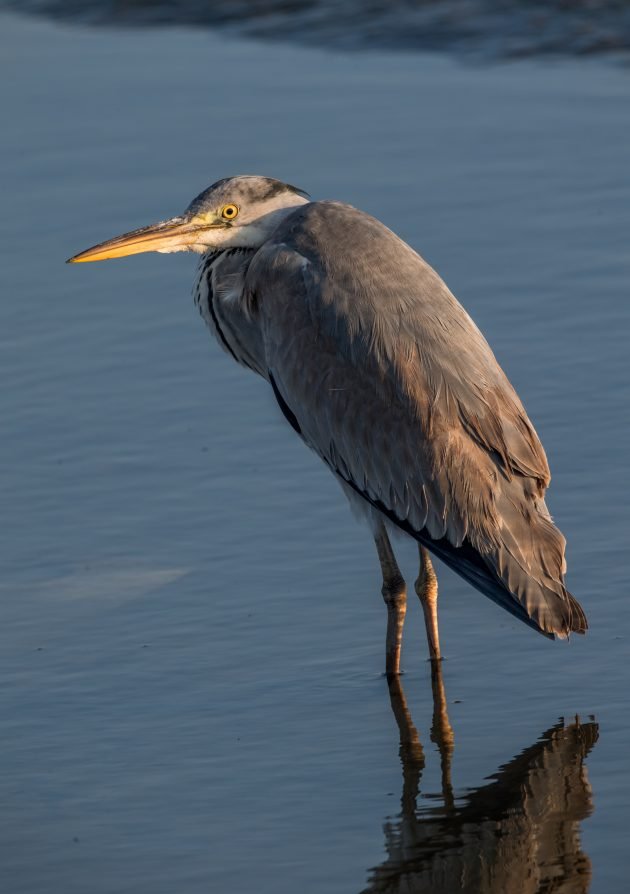
Purple Heron: Probably the rarest of the herons, and either the ugliest or the most attractive among them.
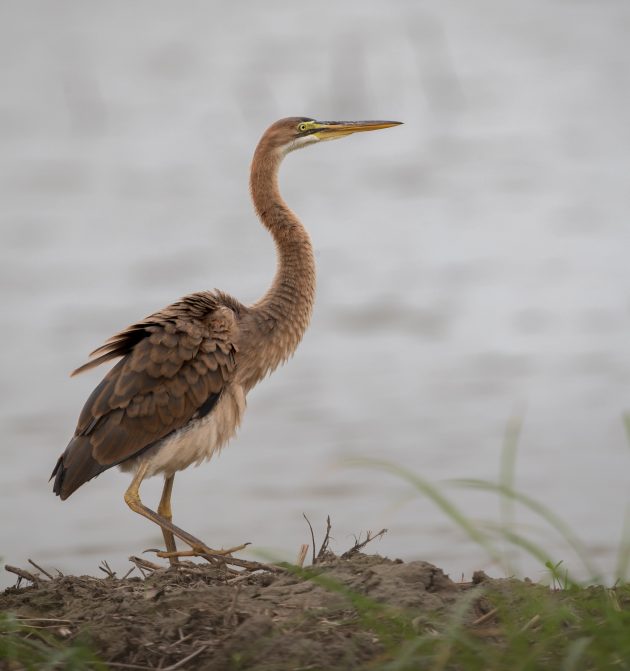
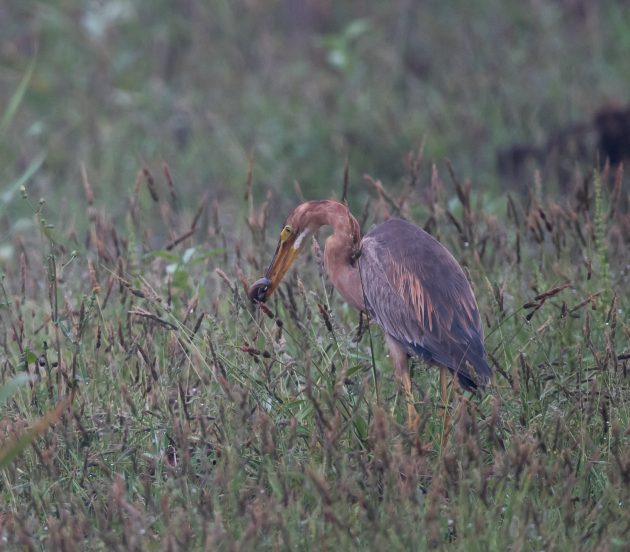
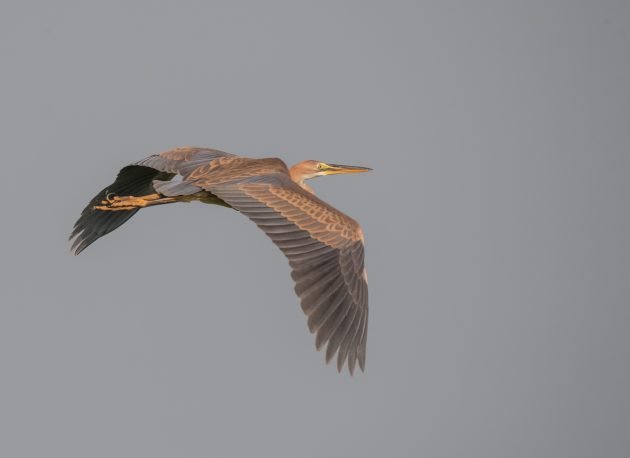
Chinese Pond Heron: Quite common. Flashy when breeding, camouflaged when not (or when young)
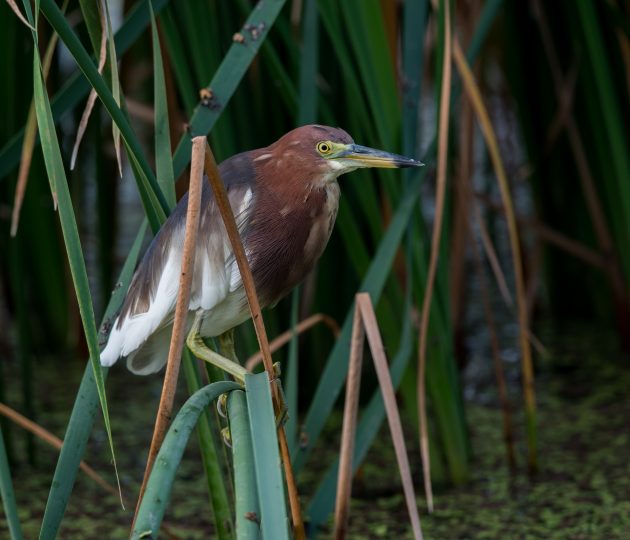
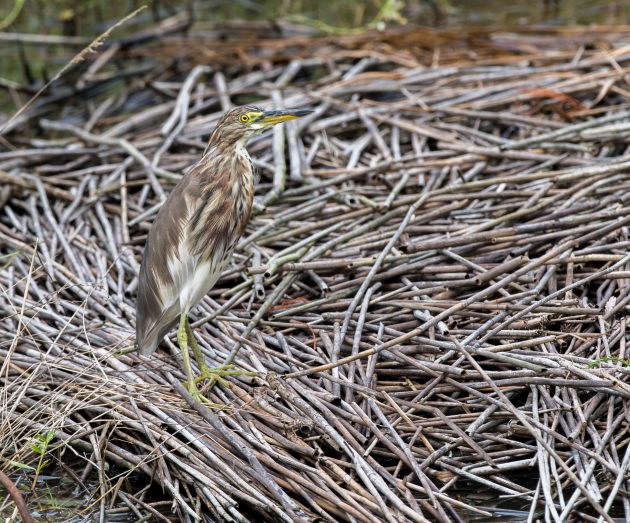
Black-crowned Night-Heron: A bird with the permanent look of being unemployed. Here in Shanghai, they can be found very close to downtown, and not only at night.
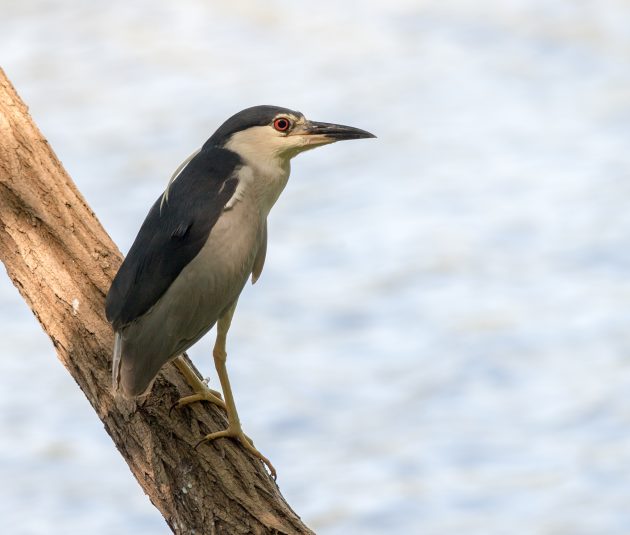
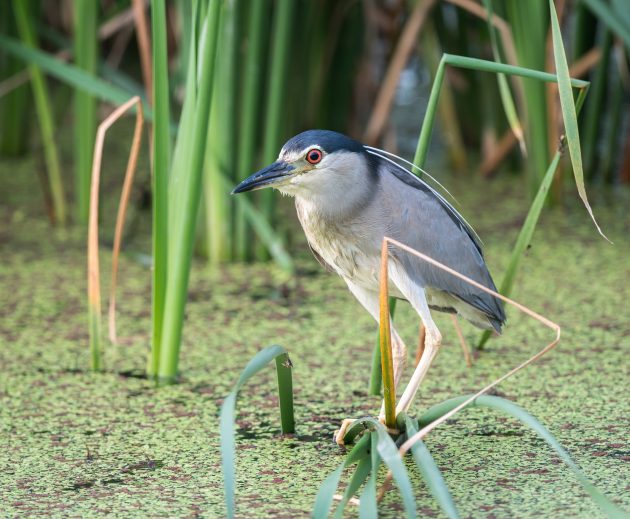
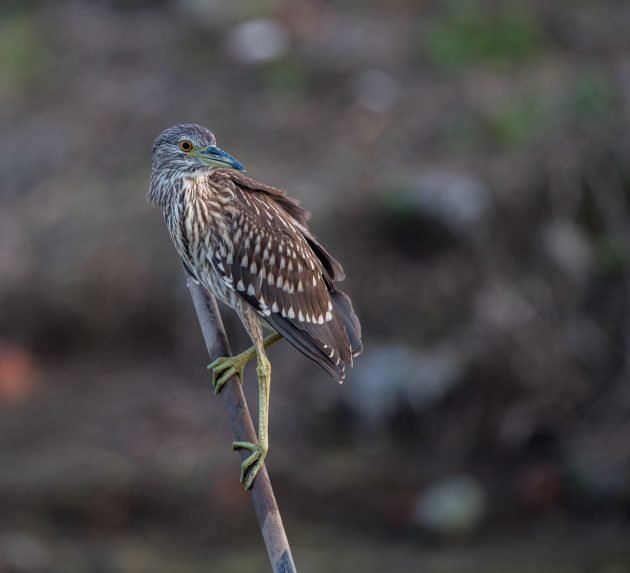
Striated Heron: Small and known for dropping items on the water surface in order to attract fish. I have seen that myself in the Singapore Botanical Garden, though not in Shanghai.
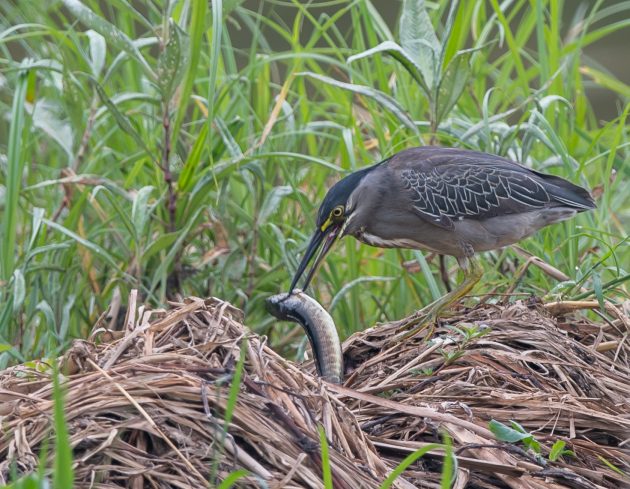
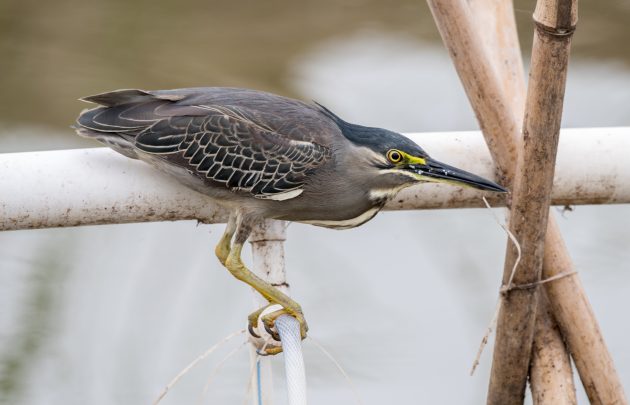
Cinnamon Bittern: Probably the most difficult one to see, except for some that are so rare that I do not even have a photo of them (Schrenck`s Bittern, Black Bittern: I am talking about you)
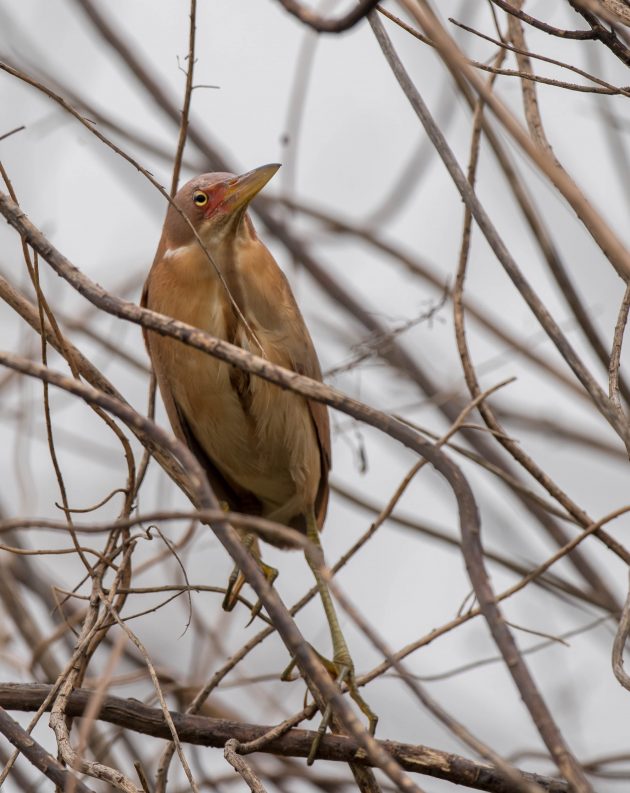
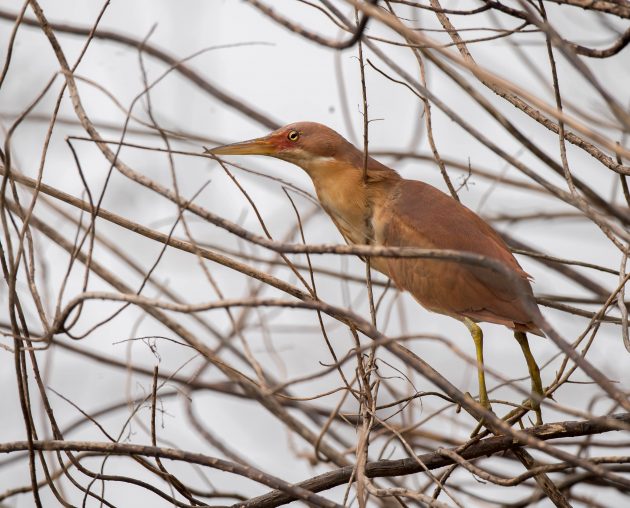
Yellow Bittern: Very small. Mostly only seen in flight – once it dives into the reeds, it mysteriously immediately becomes invisible. Advice to the species: avoid fish nets.
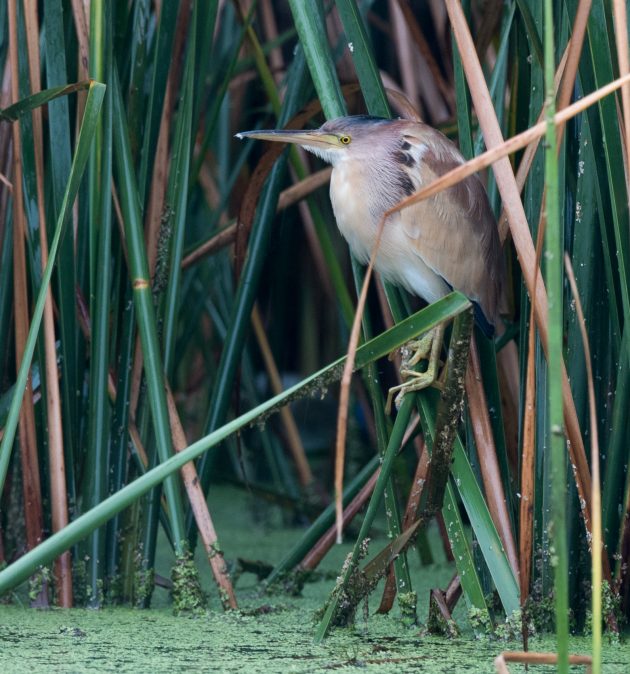
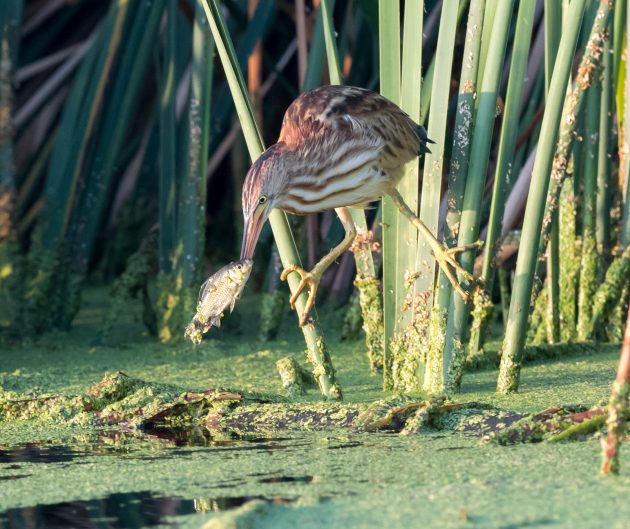
Eurasian Bittern: Maybe the weirdest looking one. How is that for deep ornithological analysis? If you ever hear the deep bass of a techno party in a bed of reeds, it is probably a Eurasian Bittern.
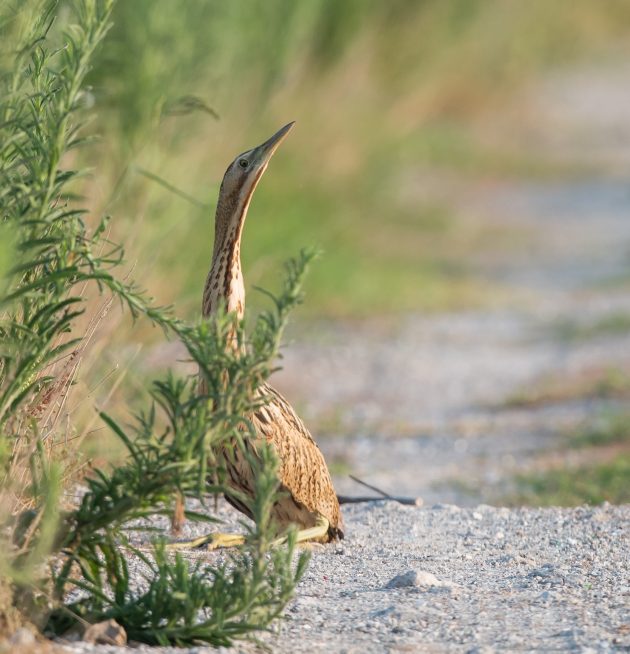
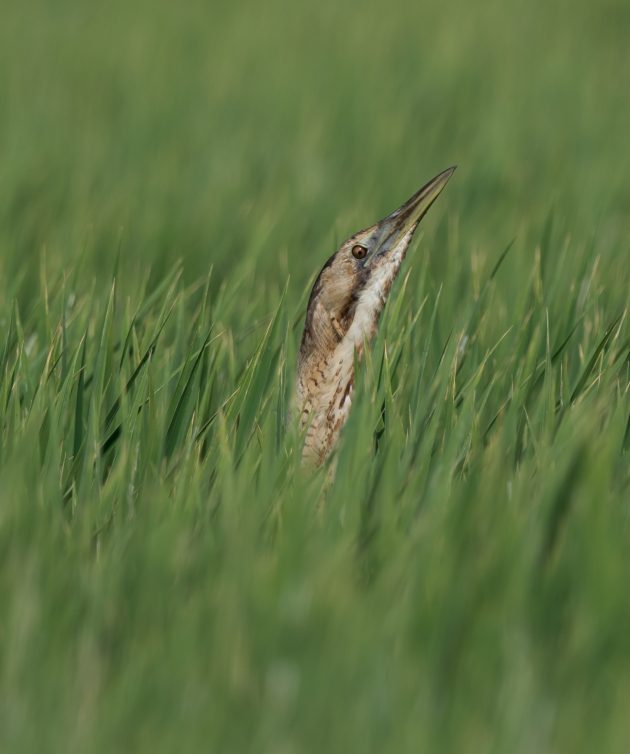
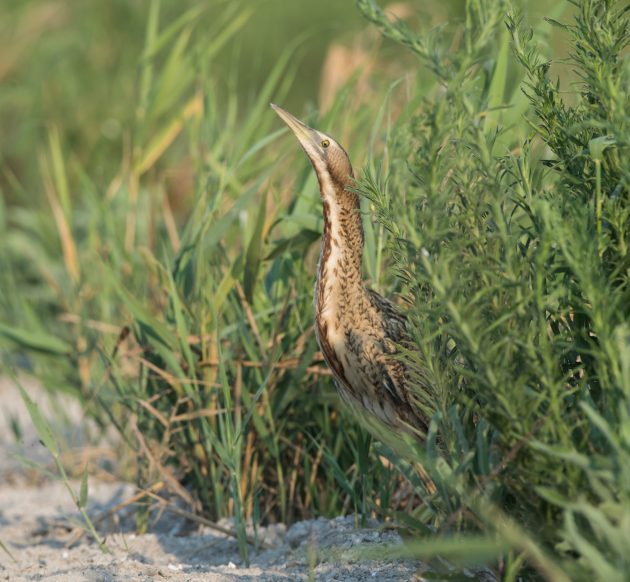
Irrelevant final comment: On my way to birding sites, I have been listening to a lot of The Economist articles recently. While generally a good way to shorten the trip, I have started to find the final sentence – trying to sum up the whole article in a funny way – extremely annoying. So, none of this from me.













Photos good. Text just as good. Appreciate the effort!